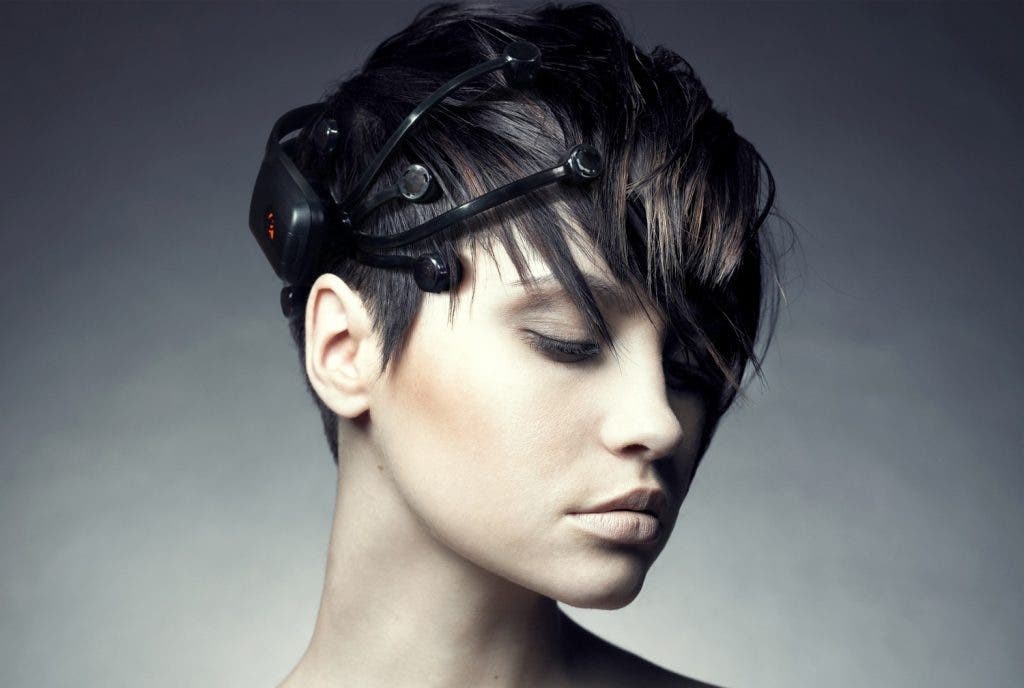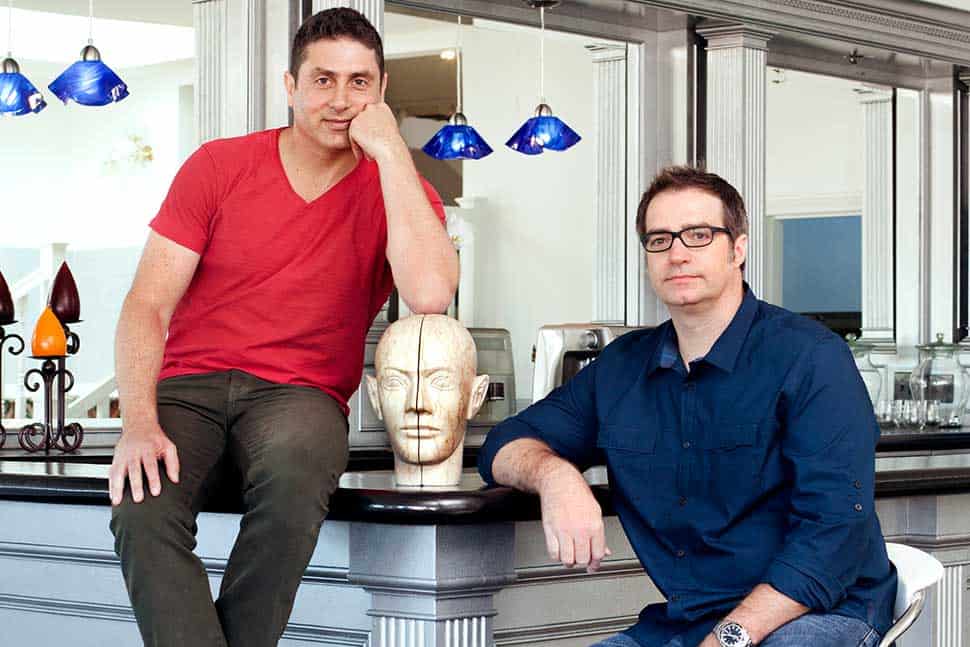Yoga, coffee and even chocolate can do wonders for your mood – it’s already a known fact. But what if technology stepped in – would you take a few electrical shots to substitute your urge for caffeine? If the answer is yes, or if you want to have more control on your mood, then good news: according to a new start-up company, this could be the case by next year – they are very close to developing a wearable device which will be able to alter your mood.
The company is called “Thync” (pronounce it just like “think”), and they aim to create a desired state of mind, or mode, ranging from calm to creative to energetic, in no more than 10 minutes, using something you can wear.
“We can trigger these modes using neurotransmitters,” says CEO and co-founder Isy Goldwasser.
Basically, they do this by zapping your brain; to be more specific, they use a form of transcranial direct current stimulation (TDCS). This technology is not very new – it’s been discussed for years now, but it hasn’t yet been approved by the FDA to treat any specific diseases. In TCDS constant, low current is delivered directly to the brain area of interest via small electrodes. It was originally developed to help patients with brain injuries such as strokes. Tests on healthy adults demonstrated that TDCS can increase cognitive performance on a variety of tasks, depending on the area of the brain being stimulated. When applied correctly, this method is absolutely safe, causing no apparent harm – short or long term.
Their goal is very ambitious: not only do they want to find a direct substitute for coffee or drinks, they want to give humans the ability to change their moods as they will, using a simple click. They say that this ability is already in us, but we don’t know how to use it – and this is where this technology comes in.
“We have them, but can’t call them up” on command, Goldwasser says referring to certain states of mind.
The company is “in dialogue” with the FDA even though their product is not food; they say that for now, they are careful not to call their product a “medicine or treatment”, despite its positive effects.
“The device isn’t intended to treat or diagnose any disease or medical condition,” he says, and is geared toward a mass audience.
The company recently announced $13 million in venture capital from investors such as Khosla Ventures to bring the first products to market; while we didn’t get the chance to find out exactly how their product behaves, investors have apparently seen enough, and the first prototypes will be complete in just a few months. In the long term, they have even bigger ambitions – they plan to technology that uses ultrasound to affect the brain directly without surgery or drugs.
“It’s a new frontier, with potential that hasn’t been tapped into yet,” he says.










